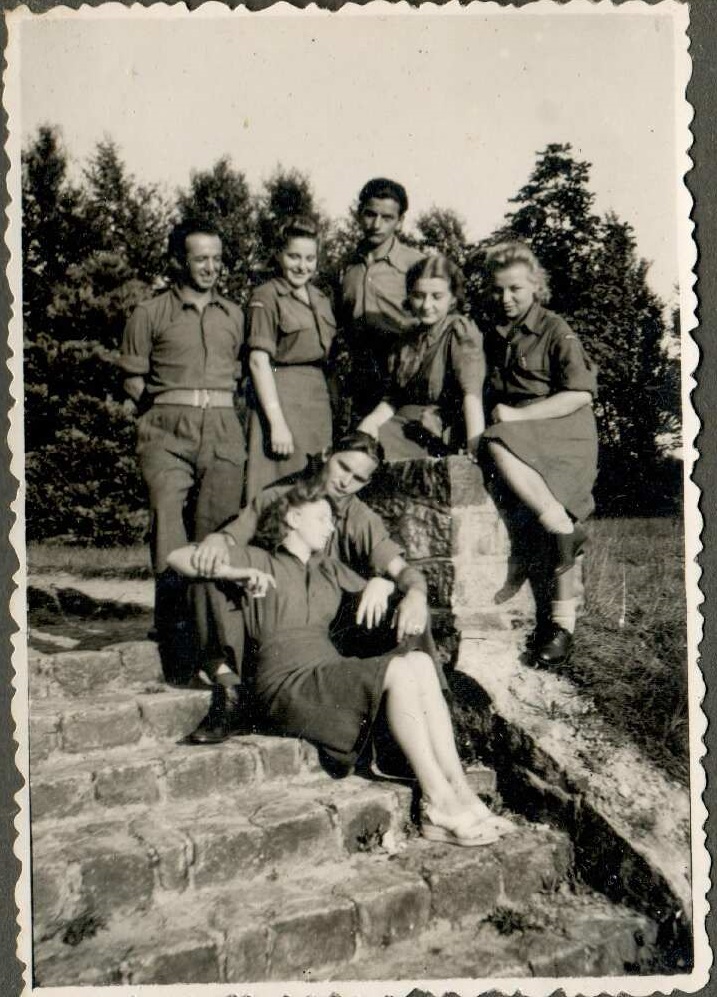
During the German invasion of their country, the Poles suffered heavy losses: nearly 200,000 soldiers killed or wounded and approximately 400,000 captured. The names of four of the key battles in the Invasion of Poland are inscribed on one side of a flag gifted to the center by Polish Veterans of World War II in Boston. Despite the stiff resistance by Polish soldiers and citizens, their fate was sealed when the Soviet Union invaded from the east as part of a secret agreement with the Nazis. By October 6, the invasion and capture of Poland was complete. The Center possesses two Karabinek rifles that would have been used by the Polish Army in that campaign.
During the next six years of occupation, the Polish people were the victims of countless atrocities. One of the most infamous was the Soviets’ massacre of more than 20,000 captured Polish army officers, political leaders, and intellectuals in the Katyn Forest in Russia. Meanwhile, German-occupied Poland endured barbaric oppression under Nazi rule. In December 1939, the Polish government-in-exile organized the underground movement in Poland, which eventually became the Home Army or AK from the Polish Armia Krajowa, a name that was first officially used on 14 February 1942. Throughout the rest of the war, the Home Army resisted the brutal occupation of the Nazis, which included the murder of half a million Jews in Warsaw. The Jewish Ghetto Uprising of spring 1943 was followed by the Home Army-led uprising Warsaw in the summer of 1944. Twenty-one years-old Leokadia Rowenska was an underground message carrier in that uprising. She survived the war, moved to Holyoke in western Massachusetts, and donated some of her wartime artifacts, including her diary and journal, to the Center.